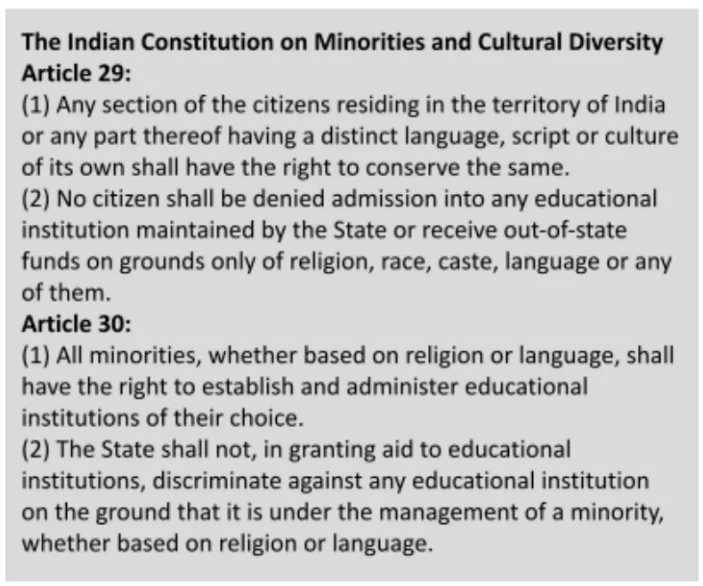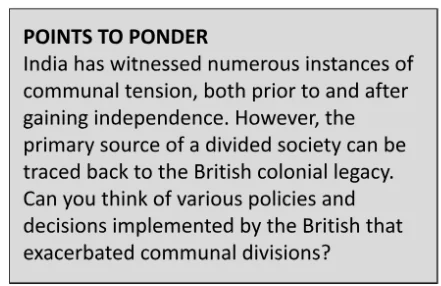![]() 11 Dec 2023
11 Dec 2023
 Aggressive Political Identity: Communalists foster an aggressive political identity and are willing to criticize or confront anyone who does not share their specific religious identity.
Aggressive Political Identity: Communalists foster an aggressive political identity and are willing to criticize or confront anyone who does not share their specific religious identity. Navigating Conflicts and Religious Pluralism: Religious Pluralism and Conflict
Navigating Conflicts and Religious Pluralism: Religious Pluralism and ConflictGLOSSARY
|
|---|
<div class="new-fform">
</div>